The 2024 it turned out to be a crucial year for the agricultural sector, characterized by challenges unprecedented and from significant transformations which involved both Italy and the international scene. The effects of climate change, now a constant for the primary sector, have profoundly influenced the production, highlighting the vulnerability of many crops and the need to adapt to an increasingly unstable environmental context.
In Italy, production data showed a complex picture. The wine sector, one of the excellences of Made in Italy, has recorded a 17% production drop compared to the previous year. The sudden hailstorms and torrential rains that hit the main producing regions, such as Veneto and Tuscany, compromised the ripening of the grapes, reducing not only the quantity but also, in some cases, the quality of the wines produced. At the same time, the fruit sector he suffered a 11% production contraction, with peaches and apricots particularly affected by unstable weather during spring and summer.
However, there was no shortage of some positive notes. There durum wheat production, fundamental for the pasta supply chain, has shown a relative holding, thanks to the adoption of varieties more resistant to adverse climatic conditions and the use of advanced agronomic techniques. Even the olive oil sector has recorded encouraging results in some areas of Southern Italy, where the climatic conditions have been more favourable than in other regions.
Globally, the situation was no less complex. In Europe, the Drought has hit cereal crops hard, particularly in France and Spain, while in United States heat waves unprecedented have compromised the production of corn and soybeans. In Asia, the seasonal floods have reduced the availability of rice, putting the food security of millions of people at risk. However, in many countries there has been a increasing demand for organic and sustainable products, a sign of a growing aConsumers' attention to the quality and environmental impact of food.
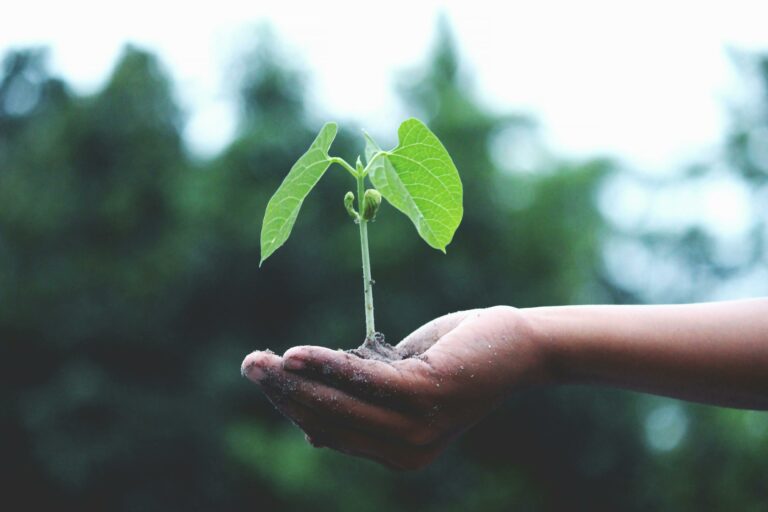
The Rise of Digital and Precision Agriculture
The 2024 it was also a year of Big growth for digital and precision agriculture, which have established themselves as essential tools to face the challenges of the sectorTechnologies such as the Internet of Things (IoT), artificial intelligence (AI) and satellites have revolutionized agricultural practices, allowing farmers to optimize the use of resources and improve productivity.
In Italy, the sector recorded a strong push towards digitalisation, thanks also to events such as EIMA 2024, here our intervention, which showcased the latest technological innovations in the sector. Many agricultural companies have adopted digital platforms for data management, allowing you to monitor the status of crops in real time and plan targeted interventions.
TO global level, precision agriculture has continued to grow, with countries like the United States and Australia leading the adoption of advanced technologies. TheEuropean Union he launched AgriDataSpace, the European Common Agricultural Data Space, an initiative aimed at promote the sharing of information between producers and encourage the adoption of digital solutions.
Forecasts for 2025: Between Innovation and Resilience
Looking at the 2025, the prospects for agriculture are characterised by a mix of optimism and caution. A is expected partial recovery for some crops, such as wine and fruit, thanks to less extreme climate conditions and investments in resilient technologies. However, the risk of unpredictable weather events remains high, making the adoption of mitigation and adaptation strategies crucial.
L'regenerative agriculture, which aims to improve soil health and promote biodiversity, is expected to gain further ground, supported by government incentives and from the growing consumer awareness towards sustainable agricultural practices. In parallel, the demand for organic products will continue to grow, pushing producers to invest in certified and high-quality supply chains.
On the technological front, 2025 will probably be a decisive year for the dlarge-scale diffusion of precision technologies. Theadoption of integrated digital platforms will enable farmers to gain detailed information about their crops and optimize operations. The agricultural robotics, with autonomous machinery for sowing, harvesting and other activities, will represent a further step towards more efficient and sustainable agriculture.
In this perspective, TETHYS offers advanced solutions for precision agriculture, combining satellite and meteorological data to optimize resources. With WATER, it is guaranteed water savings of up to 40%, While WATCH Monitor crop health in real time. Easy to use and highly effective, TETHYS supports farmers in improving the productivity and sustainability of their practices.

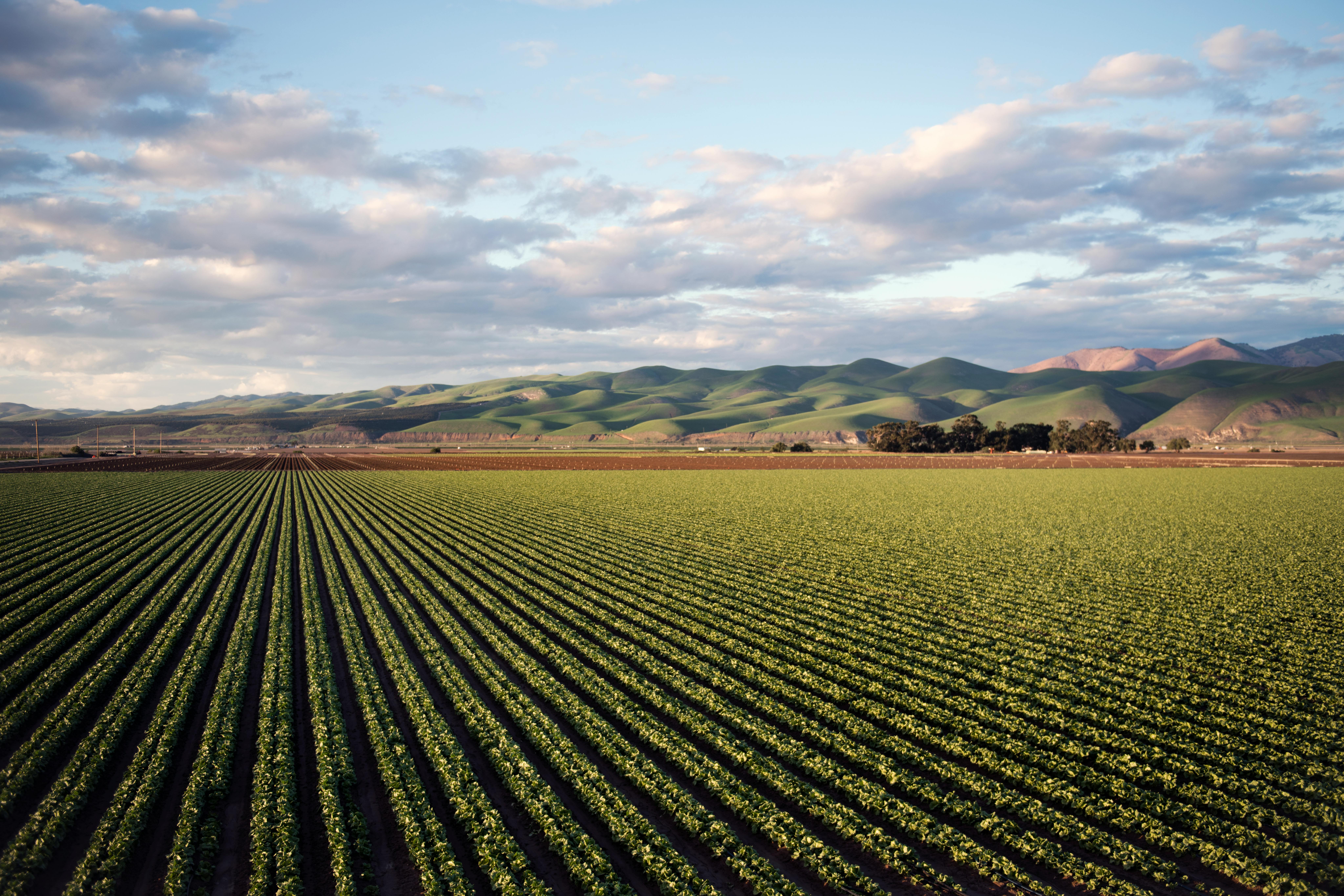


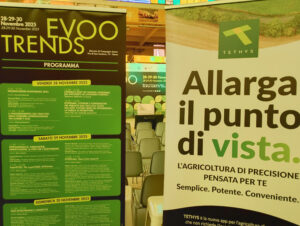

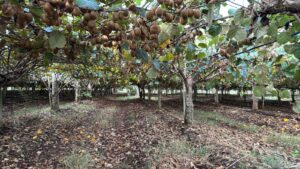
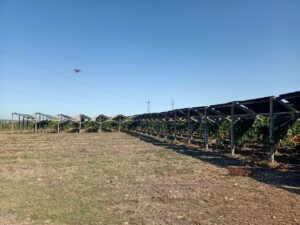
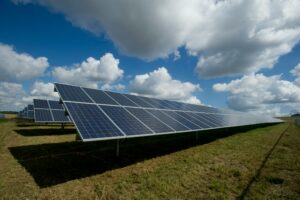

Add comment
You must be logged in to post a comment.